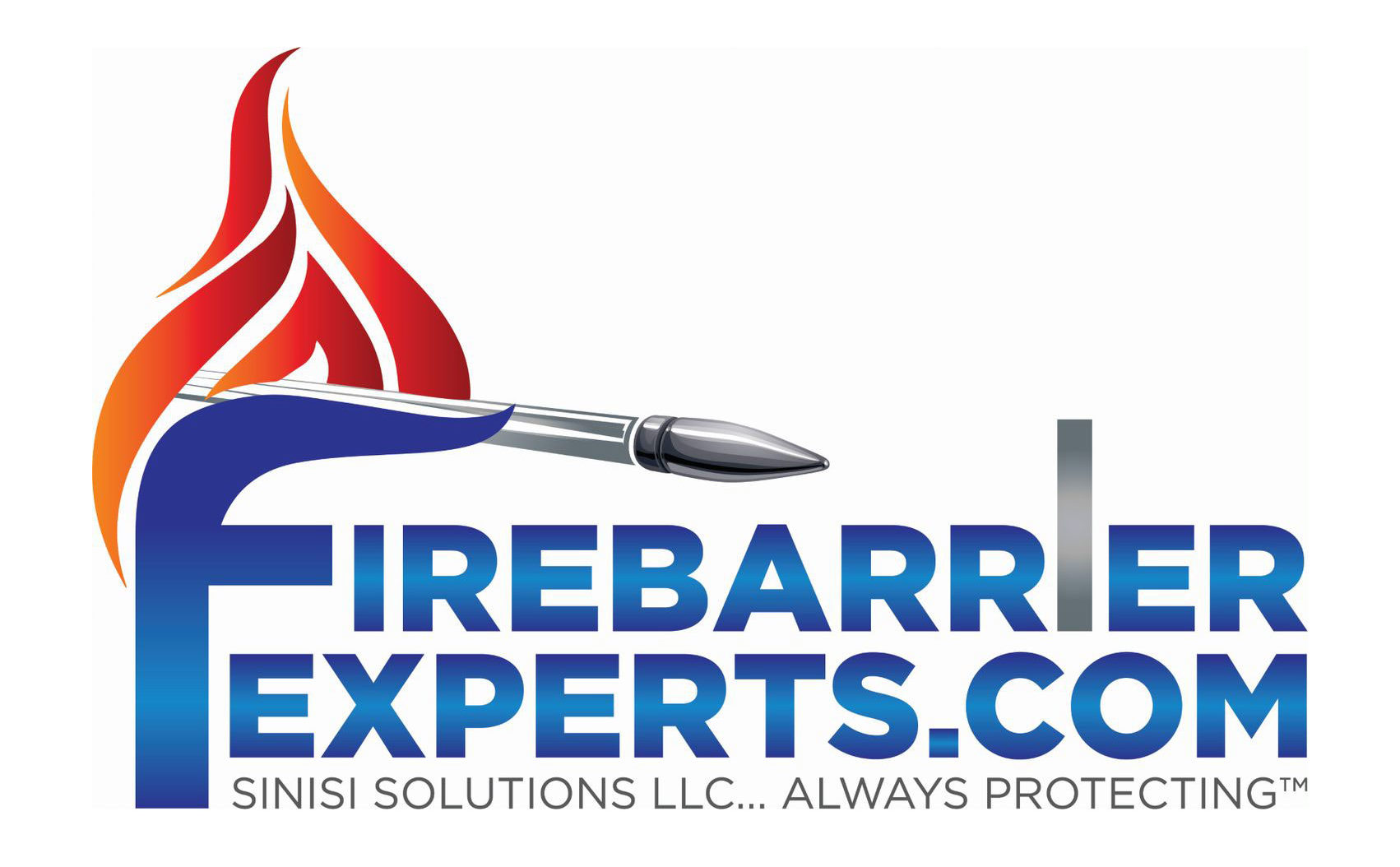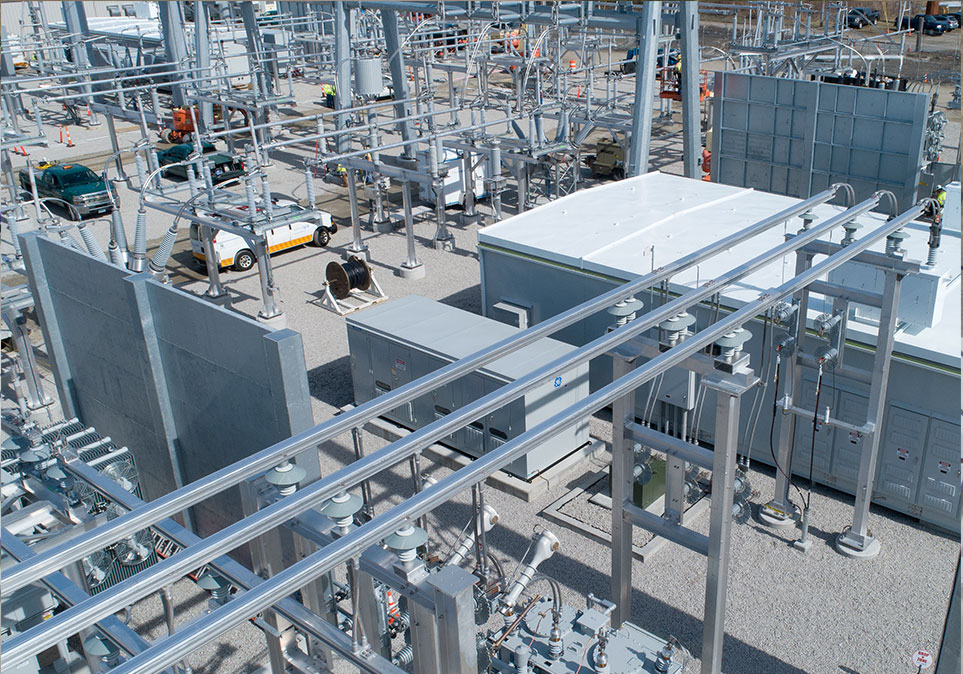It is critical to have a secure and safe facility to protect you and other residents in the event of a fire. Furthermore, maintaining the security of your building might help you protect your significant investment. This is why steel may be useful since it has high fire resistance, making it a great choice for preventing fires from spreading. However, constructing a structure completely out of steel is impractical. That implies you’ll have to come up with a different material option for your structure. This is one of the reasons why many structural engineers choose fire-resistant walls like Durawall. Prefabricated composite panels like these are perfect for new and renovation applications requiring fire wall construction, acoustic attenuation, or thermal protection.
Different Durawall Panels
The objective of Durawall panels is to confine a fire, giving residents more time to evacuate a building. These panels are given an one or two-hour fire ratings according to panel thickness. Durawall panels come in a variety of styles, including:
- Fire Resistant Panels – A steel-facing composite panel with a non-combustible structural high-density mineral fiber core forms the foundation of the fire-resistant panel system. Using a high-performance male-female connection, the panel edges simply fit together. Durawall fire certified panels are UL/ULC listed and designed for non-load carrying fire separations with fire ratings of up to a couple of hours. These panels are simple to remove and replace, providing for design flexibility and even panel movement. Furthermore, fire-rated panels are simple to install and offer noise cancellation, thermal resistance, and environmental preservation.
- Thermal Panel Systems – The DuraTherm thermal panel system is a low-cost, easy-to-install alternative to field-fabricated thermal walls and plenum assemblies. It is a low-cost alternative that is simple to cut and install and may assist decrease labor time and total project expenses. These wall-mounted thermal panels are made up of a steel-faced composite panel with a non-combustible high-density mineral fiber core and come in various thicknesses. Thermal panels can be mounted horizontally or vertically, obviating the requirement for extra steelwork and saving time and money. As a result, they’re suitable for plenums and panel systems that move air within buildings. Additionally, the use of a basic tongue-and-groove connection allows for rapid and uncomplicated installation. Thermal bridging is eliminated with DuraTherm wall panels, which may be readily removed and reinstalled as needed.
- Sound Absorption Panels – Sound absorption panels are meant to mute troublesome noise concerns and are advised for usage in areas where sound absorption is vital. Durasteel, a non-combustible material made up of two metal sheets mechanically connected to a fiber cement core, is used as a backing layer for these panels. Blast, fire, impact, and moisture resistance are all provided by its core. The rest of the assembly is made up of a middle layer of acoustic media insulation and a perforated sheet metal face. This cutting-edge design results in acoustical wall solutions that reduce noise significantly. Designers may get exceptional fire resistance benefits by using the unique Durasteel material as the panel’s backing layer.
- Sound Transmission Loss Panels – Sound transmission loss panels are a low-maintenance, easy-to-install acoustic solution. The noise reduction and sound transmission loss provided by these panels vary. When high noise constraints must be met, included Durasteel, along with extra cladding material, gives superior acoustic mass and performance. A single Durasteel sheet has the same Sound Transmission Class as a standard interior wall with a single layer of half-inch drywall on either side of wooden studs and no insulation. In a thin yet durable construction, each Durasteel variation delivers high transmission loss and great acoustic qualities. While addressing important acoustical criteria, the total system saves space.
Where to use Fire Rated Panels
Fire-rated panels can be used almost everywhere in your facility. The panels are a low-cost fire-resistant option that can be easily installed and dismantled. As a result, they provide you with a great deal of versatility. You may, for example, paint them to blend in with the surroundings. They also have a certain amount of acoustic performance so that the wall may be used for other purposes. They normally don’t take a lot of time or effort to put together. Traditional methods may need a longer installation period, resulting in a higher installation cost. Durawall panels, on the other hand, make it simple to safeguard your structure and its residents in the event of a fire.
When you have the proper fire protection, your building will be safe. These are unique techniques for insulating one region while isolating it from another. Durawall panels are made out of mineral fiber for the core. These panels’ aim is to keep the building safe enough for the facility’s residents to leave in the event of a fire. To discover how long the panels can withstand fire, check their ratings. This will assist you in making better-educated decisions regarding the safety of your building.
Repair and maintenance of Durawall Panels
Durawall panels contain coatings that have been carefully designed to give exceptional durability. Freshwater from a bucket can be used to clean the walls. Heavy deposits can be removed using a mix of fresh water and non-aggressive detergent containing weak ammonia, followed by a rinse with fresh water. The water shouldn’t be hotter than 140°Fahrenheit. Stubborn grease stains may be readily removed with white spirit on a soft cloth and an instant freshwater rinse. Abrasive and cleaner-containing solvents should not be used in high quantities.
Durawall panels come with a self-adhesive protection coating that is removed only after the panel has been installed. As a result, the panel’s surface is protected from most site debris. If the panel has been damaged by collision or abrasion, a specialized repair process can be used to restore the panel. The panel should be scrapped and replaced if there is serious damage. If the panel is pierced, the system’s structural strength will be compromised, and the fire resistance will be compromised. Additional temporary shielding may be required to further reduce on-site panel damage caused by subsequent trades following installation.
It’s critical to find the appropriate business to deal with when it comes to purchasing gear to safeguard your building from fire. When it comes to keeping your building secure, you might discover that Durawall panels are the finest solution. For any further information on this, please visit us at https://firebarrierexperts.com/.
Sinisi Solutions
75 Main St, Manasquan, NJ 08736
732-232-2100




